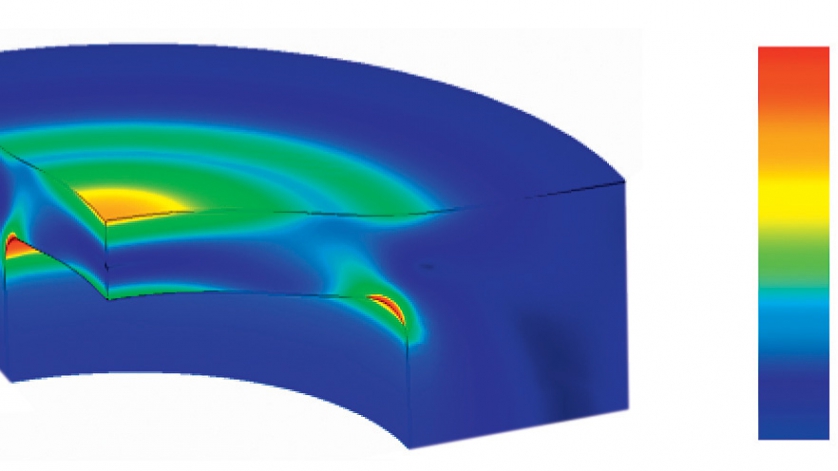
Why Is Wellhead Monitoring Important? Modern oil and natural gas wells are typically designed to operate unattended for extended periods. Downtime means lost profits, so oil companies are willing to pay a premium for rugged, reliable equipment for their wellheads. Regular maintenance maximizes equipment lifetimes and allows impending problems to be dealt with proactively. But given its exposure to the elements, wellhead equipment can have problems even with regular maintenance. Until recently, most wellheads were just equipped with basic pressure sensor alarms triggered when the outflow pressure dropped below a specific level. Today, however, wellhead monitoring and alarm systems are typically much more sophisticated. Data-driven operations and the digital oil field Why is wellhead monitoring important? Real-time data has become the mantra of modern business, and the oil and gas industry is no exception. Businesses have discovered that more and better data leads to better decisions and, ultimately, a healthier bottom line. The idea of the digital oil field has moved from concept to reality in recent decades. Although relatively few oil fields have gone “all digital” to date, many companies are testing the digital waters, and the concept is moving off the drawing board in a growing number of cases. Most companies that have made the investment are reporting positive results: constant multipoint monitoring and real-time data are enabling improved production and significant reductions in downtime. Modern plunger lift systems replace wellhead blowdown methods In turn, modern sensor technology has made a big impact on the operation of natural gas wells. One of the major headaches in natural gas extraction is the accumulation of liquids in piping, which reduces the flow of gas. Until recently, most natural gas wells required a wellhead blowdown on a regular basis to clean out the lines of their piping system. A blowdown involves closing a wellhead so pressure will build up in the system. When the pressure gets high enough, the wellhead is opened. Natural gas rushes out under pressure, forcing water and other liquids out and clearing up any system blockage. The major problem of wellhead purging is that it discharges polluting waste liquid and production gas into the environment. Fortunately, modern sensor and pressure transmitter technology has made it possible to replace the polluting wellhead blowdown method with an efficient plunger lift system for wellhead monitoring. This system involves sending a plunger down the bore hole when a specific amount of liquid accumulates. The pressure of the natural gas and liquids forces the plunger to the top of the bore hole, where the gas is captured and rerouted into a sales line and the waste liquids are siphoned off into a storage tank. The net result is more profits and less pollution. A plunger lift system uses pressure transmitters to accurately measure pressure during almost every step of the process. Ultra-reliable hazardous-area pressure transmitters and explosion-proof pressure transmitters are typically used for plunger lift operations, and WIKA’s pressure transmitters are certified for oil and gas extraction.

